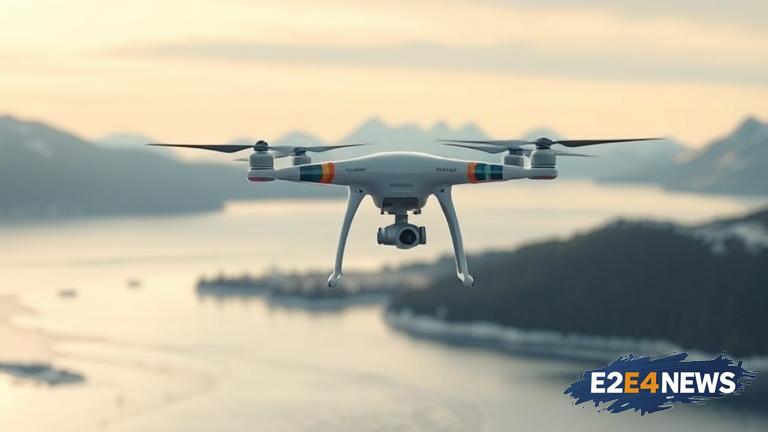The US military has been testing its drones in Alaska, but the trials have revealed significant challenges that need to be addressed. The drones, which are designed to operate in remote and harsh environments, have been experiencing jamming and confusion issues, which have raised concerns about their effectiveness in real-world scenarios. The trials, which were conducted in the rugged terrain of Alaska, were intended to test the drones’ ability to operate in challenging conditions. However, the results have shown that the drones are not yet ready for deployment. The jamming issues have been caused by the drones’ inability to distinguish between friendly and enemy signals, which has led to confusion and disorientation. The US military has been working to develop drones that can operate autonomously, but the trials have shown that this technology is still in its infancy. The drones have been experiencing difficulties in navigating through the dense forests and rugged terrain of Alaska, which has made it challenging for them to maintain communication with their operators. The trials have also revealed issues with the drones’ sensors and cameras, which have been unable to provide clear and accurate images in low-light conditions. The US military has been investing heavily in drone technology, but the trials have shown that there is still much work to be done before these systems can be deployed effectively. The challenges faced by the drones in Alaska are not unique to this region, and the US military will need to address these issues if it wants to deploy drones in other parts of the world. The trials have also highlighted the need for more advanced training for drone operators, who need to be able to navigate the complex systems and make quick decisions in high-pressure situations. The US military has been working to develop more advanced drone systems, including those that can operate in swarms and make decisions autonomously. However, the trials have shown that these systems are still in the early stages of development and will require significant testing and evaluation before they can be deployed. The challenges faced by the drones in Alaska have significant implications for the US military’s plans to deploy these systems in the future. The US military will need to address the issues revealed by the trials and develop more advanced drone systems if it wants to maintain its advantage in the field. The trials have also highlighted the need for more investment in drone technology and the development of more advanced training programs for drone operators. The US military has been working to develop drones that can operate in a variety of environments, including urban and rural areas, but the trials have shown that this will be a challenging task. The drones have been experiencing difficulties in navigating through complex environments and avoiding obstacles, which has made it challenging for them to complete their missions. The US military will need to address these issues if it wants to deploy drones effectively in the future.
